Norway wouldn’t be the country it is today without oil and gas. We take a look back at the history of the country’s petroleum industry.
Norwegian oil and gas is Norway’s largest and most important industry. Overall it accounts for between 40 and 70% of exports.
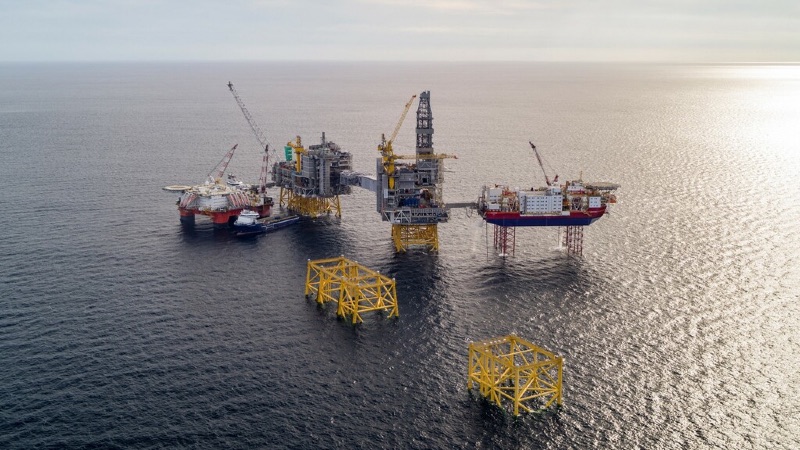
But just how did a small fishing nation in the North Sea become the 8th largest producer of oil and 3rd largest producer of natural gas in the world?
The story takes us all the way back to the 1960s, to the birth of Norway's biggest industry.
Table of Contents
Striking Black Gold
Before 1959, no one had any hopes that the Norway’s Continental Shelf (NCS) would be a major source of oil and gas. This all changed in 1959 when gas was discovered at Groningen in the Netherlands.
The first company, Phillips Petroleum, applied in 1962 to explore the NCS for possible oil and gas resources. Their offer was seen as an attempt to lock up the entire area for one company. Norway’s government rejected this idea and were keen on opening up the resources to several different companies.
In 1963, the Norwegian government proclaimed sovereignty over all natural resources in the area and started issuing licenses to explore for potential oil fields but not to drill.
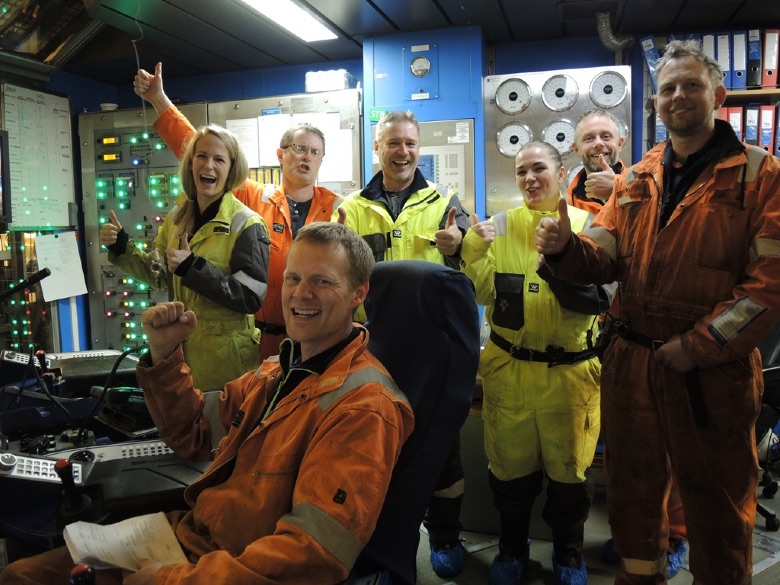
In 1965, once issues of how to divide up the shelf with Norway and Great Britain were resolved, the first drilling licenses were awarded.
The first well was drilled in 1966 but it was found to be dry. Over the next few years, the same story came from over 200 exploratory drills. Things were looking slightly bleak until, 1969, Phillips drilled in Ekofisk. This would turn out to be one of the major oilfields on the NCS.
Keeping the oil money in Norway
In 1972, Statoil, the Norwegian state-owned oil company, was established. The government also introduced the principle that 50% of each oil licence should be state-owned.
Read more: Oil & Gas Jobs in Norway
This has been reorganised over the years. In 1985 the operations were split between Statoil and the SDFI – direct investment in oil by the state.
The reasoning behind this was clear. Following on from the decision that oil production should be split among different countries, it was obvious that the Norwegian state should be involved. This allowed the government to directly benefit from the oil and gas activities rather than allowing the profits to disappear abroad.
Over the years, Statoil has undergone many changes, including its name. In 2001 the company was privatised and listed on the Oslo and New York Stock Exchanges. The Norwegian government held 81.7% of the shares.
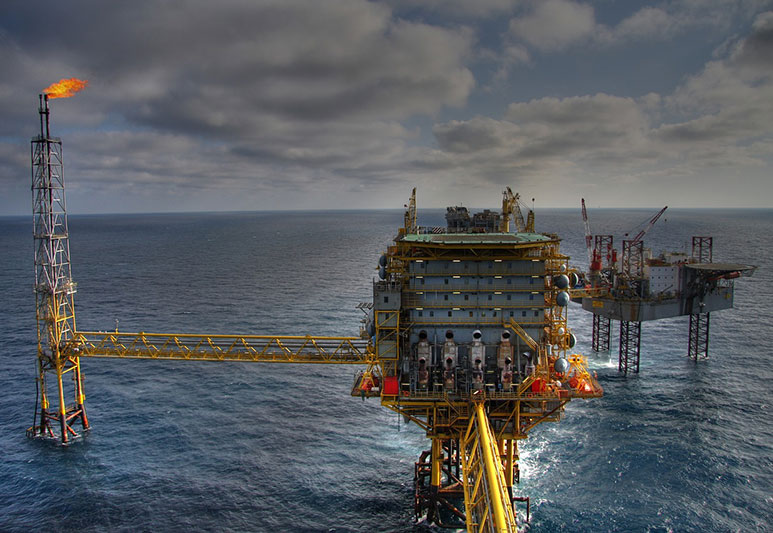
In 2007, the company merged with the oil and gas division of Norsk Hydro, Norway’s chief producer of hydroelectric power. The company name changed to StatoilHydro. In 2018 the company changed its name to Equinor.
At time of writing the Norwegian state still owns 67% of the company and is the largest shareholder.
Thanks to the state involvement in the petroleum industry, Norway has experienced an economic surplus every year since the first oil started pumping.
As with other countries, they faced the dilemma of how to use the money. Spend today and worry about tomorrow later, or invest for the future?
How Norway invests its oil wealth
One thing we all know about oil is that the price is very volatile. It only takes one producer to increase production and the global price tumbles. On the other hand, a fire in a major oil field can send the price shooting upwards. If your economy is based on oil this volatility is a real problem.
In 1990, the Norwegian government created the Oil Fund (Oljefondet) known today as the Government Pension Fund Global (GPF-G). The purpose of the GPF-G is to invest parts of the large surplus from the petroleum industry.
This creates a significant shock absorber and means Norway’s economy is not at the mercy of the global oil price.
The fund is managed by a division of the Norwegian Central Bank. It’s the largest pension fund in the world though, clearly, it’s not a typical pension fund. Instead of being based on individual contributions it’s founded on oil profits.
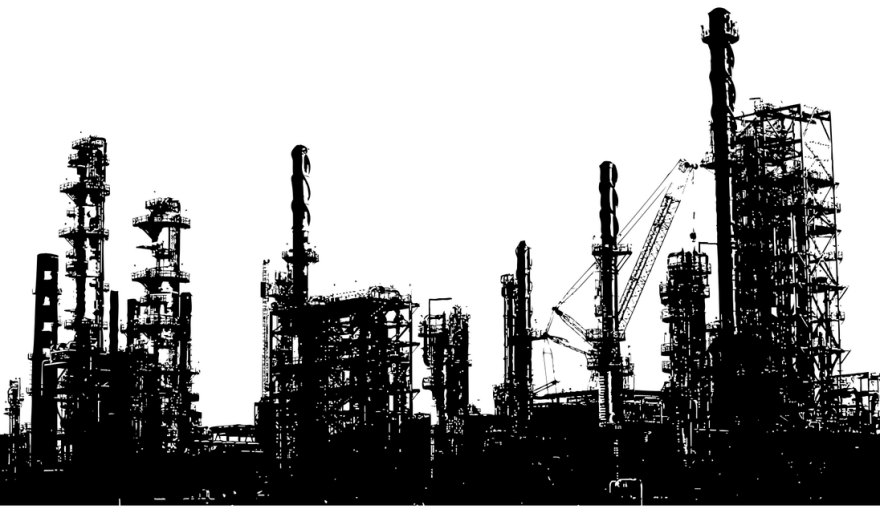
With a value of over US$1 trillion in 2017, the fund owns…a lot! 65% of the portfolio is equities with the rest made up of real estate and fixed-income investments. It’s also the largest owner of European stock, holding 2.33% of all stocks in Europe.
Challenges of the Oil Fund
The government is allowed to spend the fund’s inflation-adjusted return up to a maximum of 3%. This was reduced from 4% in 2017 and the change was supported by every political party except for the right-wing Progress Party.
They argue that more of the fund should be spent now on infrastructure and the welfare state. This has helped them to a degree of electoral success, and they form part of the current coalition government in Norway.
The first ever withdrawal took place in 2016 when the government spent a reported NOK 6.7 billion (US$780 million) from the fund. This was to counter an economic downturn caused by low global oil prices. In this way it did precisely what it was set up to do.
The fund has a strong ethical link and, since 2004, maintains a list of companies that it will not invest in. These are mostly tobacco companies or companies shown to contribute to significant environmental damage.
In 2019, somewhat ironically, the fund decided to divest its investments in oil exploration companies. The GPF-G will still invest in petroleum companies such as BP and Shell that have a significant investment in renewable energy.
But the fund will sell its stake in 134 companies and the announcement knocked around $150 million off their combined stock market values.
Some international investors and bankers have expressed concerns about large sovereign wealth funds such as the GPF-G. Primarily, that a huge investment fund that doesn’t have the motive to follow the market and maximise profit could skew the market overall. This does not appear to have any real-world evidence.
On the contrary, there’s evidence that these funds can help spread the risk of investments and decrease problems overall.
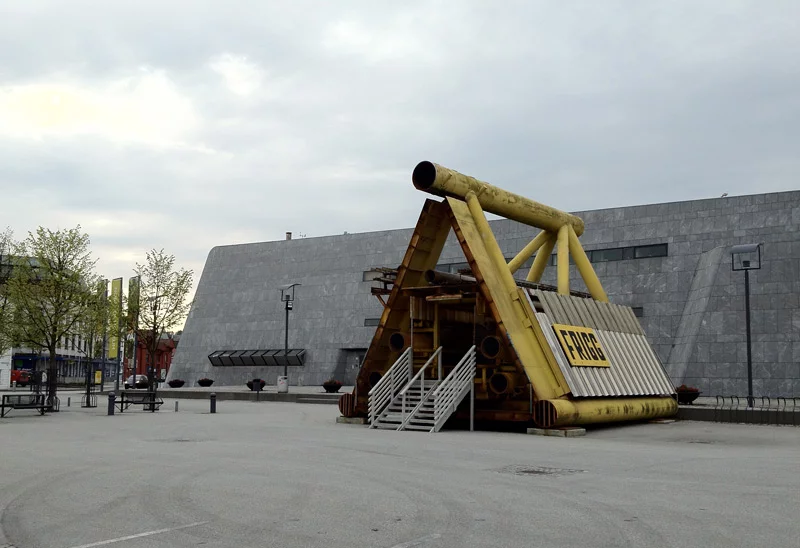
Major Norwegian oil and gas fields
Located in the south-west corner of the NCS, Ekofisk remains one of Norway’s most important fields. The area today consists of eight oil fields with a vast central network of rigs and platforms that pump oil to Teesside in the UK and gas to Emden in Germany via the Norpipe pipelines.
In addition, the central Ekofisk hub provides transportation support to a further eight oil fields. Norway pumped its first oil from Ekofisk in 1971 and it’s estimated that it will be active until at least 2050.
From 1980 to 1999, oil and gas amounted to 18-25% of all exports. In 2000 it jumped to 45% and has been between 40 and 75% of exports ever since.
This huge jump came when a number of new oil fields came online, increasing output significantly. One of the major fields was Åsgard, off the coast of Trondheim. With 63 wells drilled through 19 subsea templates, Åsgard is one of the largest developments on the NCS.
The Snøhvit gas field has been producing natural gas and light oils since 2004. The field is located in the Barents Sea (also known as the Norwegian Sea) and is the northernmost gas field in the world. Due to the environmental sensitivity, the field has no surface installation. Instead, everything is located on the seabed and is brought to shore for processing.
Development of resources is a sensitive subject with many environmental groups believing the ecosystem is too susceptible to damage. Protests accompanied the opening of the field and police arrested several protestors attempting to block the building of the processing plant.
Norway’s oil cities
The oil and gas industry has been a boom for Norway as a whole but there are some towns and cities that have particularly reaped the benefits. Stavanger is known as the oil and gas capital of Europe. Its growth to become the third largest city in Norway has been mostly down to the oil and gas industry.
Stavanger boasts the world’s foremost ‘oil university’ – the University of Stavanger – with courses including offshore technology and petroleum chemistry. The city is also home to the Norsk Oljemuseum, a petroleum museum with exhibits telling the ‘story of oil’ and Norway’s part in it.
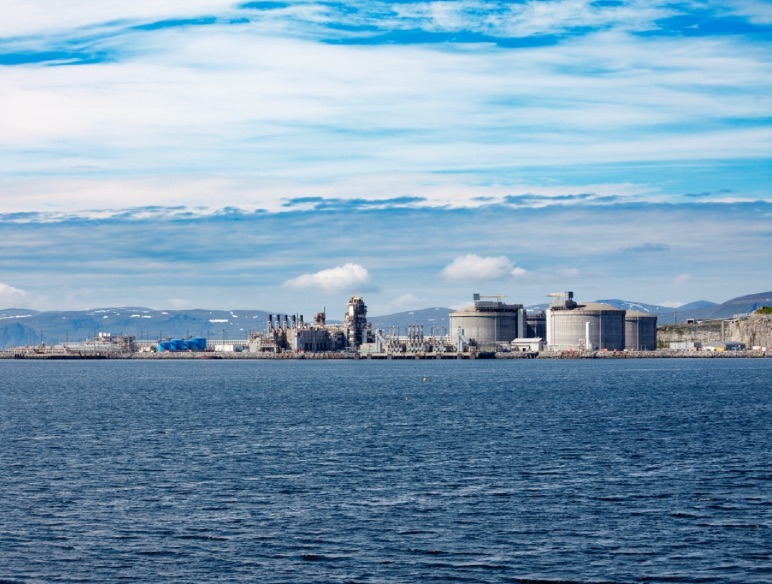
More recently there have been other towns that have benefitted massively from the industry. Hammerfest in particular has seen a huge economic boom since Europe’s first Liquified Natural Gas (LNG) plant was built on Melkøya, an island just off the coast.
The plant was the biggest ever construction project in the history of Northern Norway. It has been processing gas from Snøhvit into LNG since 2007.
What happens when the oil runs out?
Like all natural resources, oil and gas are in finite supply. Globally the debate rages on about whether we’ve passed peak oil or are still approaching it. So far, 47% of the recoverable resources on the NCS have been pumped. The one thing that is for sure is that the oil and gas can’t flow forever.
Over the past few years we’ve already started to see a glimpse of life after oil in Norway. Global low oil prices caused a drop in Norway’s economy and the loss of many jobs in the oil industry. There has been a recent recovery though it’s a stark reminder that the overall trend is downwards.
The GPF-G is a good start in ensuring the future of Norway’s economy. Standing currently at over 300% of Norway’s GDP, the country could effectively close for three years and not have to worry. This is a nice buffer but it’s not enough for the long term.
One other way Norway is well poised for a smooth transition to the post-oil world is that the country itself doesn’t rely heavily on oil and gas. 98% of the country’s electricity comes from hydropower and larger numbers of consumers are choosing electric vehicles.
Norway also has the goal of emission-free fjords and a completely emission-free shipping fleet over the next couple of decades. The shipping fleet accounts for almost all of Norway’s oil use so, as the fleet moves away from oil, the country will benefit.
Once the petroleum industry starts its final decline there will be increasing numbers of skilled workers competing for the available jobs in the country. Expertise in the hydropower industry might help cover some of the shortfall with the global growth in renewable energy.
The tourism industry, exploiting Norway’s stunningly beautiful landscape, continues to expand and will for some time. Finally, the former bedrock of the economy, the fishing industry, continues to be pretty robust.
Whatever happens, the IMF believes that Norway’s transition should be relatively smooth as long as it keeps at least one eye on the future.


I have read often that Norway was a poor country before oil was discovered. I suppose this fits with the romantic storyline. I grew up in Norway in the fifties and sixties and I didn’t experience the country as being poor. I would say that we were very similar to other Northern European countries.
The Norwegian way of sharing the profit over many generations of its citizens could not have happened in USA and UK where greedy oligarchs are in control of the governments.
Norway, along with the other Nordic countries, has Proportional Representation in the parliament. That allows most citizens “a place at the table” where the decisions are made.
It’s annoying to have Europeans mock US business and government yet
beg for our military protection because they don’t want to have to spend their money on defense. I would be OK with disbanding NATO and leave Europe facing Putin on their own. He seems to have an eye on Finland. How long would it take for him to recognize the Norwegian potential? Oil companies in the US have managed to keep gas prices at a point that the US has continually prospered. If we had state owned oil like Norway we’d be paying 8.00 a gallon instead of two to three.